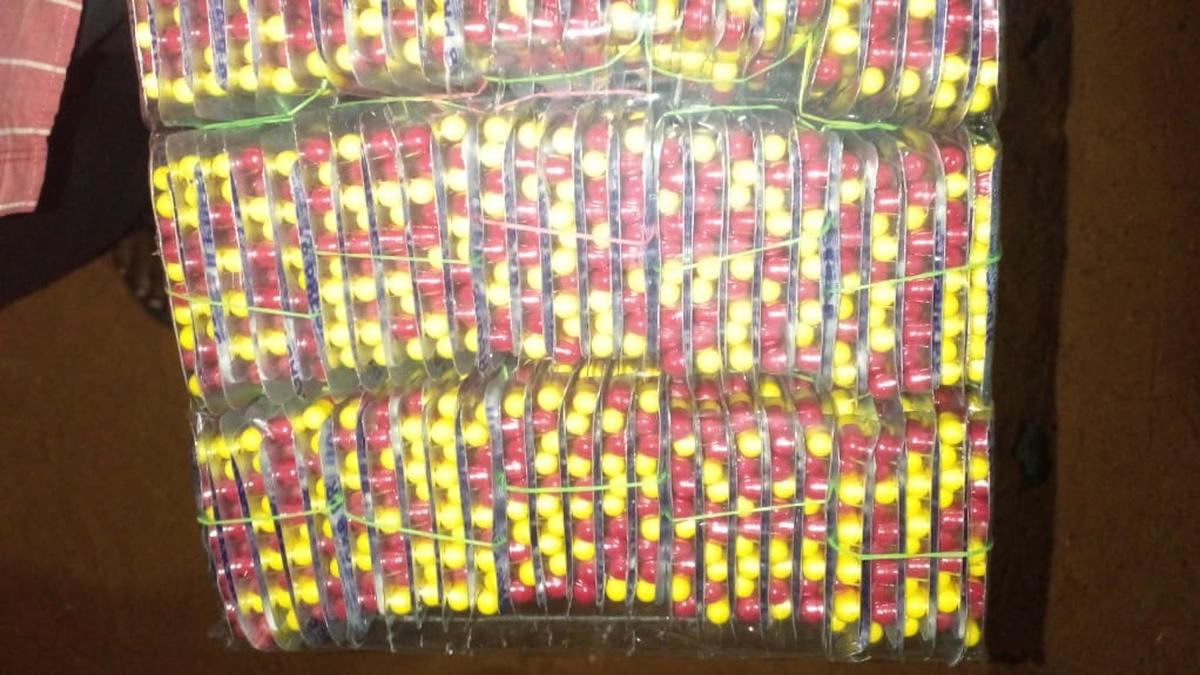For some people, snakes are exotic yet dangerous creatures of the wild; eerie but elusive, and not something to worry about in day-to-day life. For others, especially some farmers in India and Africa, they are a constant and terrifying threat to life.
Venom from snake bites leads to more than 100,000 deaths every year, with around 400,000 people left permanently disabled The mortality burden is especially higher in low and middle-income countries in Africa and Asia, with India alone at a staggering average of 58,000 deaths in a year according to a 2020 report. However, considered a “poor man’s disease”, relatively less attention has been paid to the devastation caused by the bites. In some of these countries, snakebite incidence is distressingly high but inadequate access to proper healthcare prevents fast and efficient treatment, leading to disproportionately more deaths.

Things were set to improve in 2017 when the World Health Organisation (WHO) finally stepped in to alert the world about one of its biggest hidden health crises. It officially classified snakebite envenoming as a highest priority neglected tropical disease.
Animals in the middle
A major issue is that the current process of producing antivenom is outdated: it involves injecting large animals like horses with snake venom and collecting the animals’ blood for the antibodies it produces against the venom.
But the horses’ blood could contain antibodies against other microorganisms as well, even against other components of the venom that are not harmful to humans. So only a fraction of the antibodies in the antivenoms is useful to humans, leading to more variability and the need for larger doses.
In addition, because these antibodies are produced in another animal, the chances of humans developing an adverse or allergic reaction to these antivenoms are also higher.
A variety of venoms
Driven by these concerns, a group of scientists — part of a consortium funded by the Wellcome Trust — decided to sidestep animals and use human antibodies instead. Using a type of toxin found in many kinds of snakes, they synthetically developed a broadly applicable human antibody against the toxin. Their results were recently published in the journal Science Translational Medicine.
“Venoms of snakes in India are so diverse that venoms of the same species across regions can’t be neutralised by the same antivenom,” Kartik Sunagar, head of the Evolutionary Venomics lab at the Indian Institute of Science, Bengaluru, and one of the lead authors of the study, said.
“Even in the same geographical location, if you look at individuals of the same species, antivenom can only neutralise some venoms and not others. There is a stark variation in venoms, so that’s why we wanted to figure out a solution that might work across regions and across species.”
Screening billions of antibodies
The scientists focused on three-finger toxins (3FTxs) — one of the most abundant and lethal ingredients in elapid venoms. Elapids are a major medically relevant family of snakes that include cobras, kraits, and mambas.

The scientists narrowed their focus on α-neurotoxins, a specific class of 3FTxs that target receptors in human nerve and muscle cells. These toxins prevent the receptors from responding to acetylcholine, a neurotransmitter involved in carrying messages from the neurons to the muscles, leading to paralysis, an inability to breathe, and eventually death.
Joseph Jardine, an antibody expert at Scripps Research Institute, in California, led the initial work of “finding the needle in the haystack” — i.e. finding the best antibody that could target the toxins among the billions of human antibodies available.
The scientists first synthesised variants of their toxin of interest, called long-chain 3FTxs (3FTx-L, a type of three-finger α-neurotoxins), in the lab. They then screened billions of human antibodies expressed on the surface of yeast cells for ones that bound best to the toxins in their study. This selection of antibodies far exceeds any number of antibodies that an animal’s immune system could cook up in response to a venom. After multiple rounds, they had a shortlist of antibodies that broadly reacted with most of the 3FTx variants they used.
All but king cobra
Nicholas Casewell’s group at the Liverpool School for Tropical Medicine in the U.K. then tested the antibodies in vitro in human cells, to see which of them could best neutralise the toxins. This step brought them to an antibody they dubbed 95Mat5.
Finally, Dr. Sunagar’s group tested 95Mat5 in vivo in mice, to see if this broadly neutralising antibody could help protect against lethal doses of α-bungarotoxin, the 3FTx-L in the highly venomous many-banded kraits. They also injected mice with whole venom from king cobras, black mambas, and monocled cobras — all different elapid snakes from Asia and Africa with venom containing 3FTx-L variants — and tested to check how their antibody worked against them.
They found 95Mat5 worked well against all the snake venoms, protecting the mice from death, with the only exception being the king cobras’ venom, where the antibody delayed but could not prevent death.
“We were surprised by the results of the black mamba, where the 3FTx-L is only 17% of the total venom composition. By knocking out that one toxin, we were able to protect mice fully from the other toxins in the venom in what may be a synergistic effect,” said Irene Khalek, a scientist at Scripps Research Institute and one of the authors of the study.
An ‘impossible’ find
“The study is really well-performed, and I would expect that the antibody could be used as an important component in future antivenoms against mambas and cobras in Africa and Asia,” Andreas Hougaard Laustsen-Kiel, head of the Tropical Pharmacology Lab at the Technical University of Denmark, said.
Dr. Laustsen-Kiel was involved in a different study, published in Nature Communications last year, where a group of scientists discovered a similar broadly neutralising antibody against long-chain α-neurotoxins from snakes.
“Because snake venoms are so complex, I would have thought it impossible to make an antibody that could knockout the whole venom,” Dr. Sunagar said.
Closer to a universal solution
In the current study, the scientists found one reason why their antibody worked so well against their toxins of interest: the crystal structures of their antibody 96Mat5 and 3FTx-L variants revealed that the antibody bound the toxin exactly where the toxin would have bound its target receptor in human nerve and muscle cells. By mimicking the receptor-toxin interaction, the antibody could whisk the toxins away from the receptors and prevent them from exerting their deadly effects.
The current antibody works well against a specific kind of toxin present in the venom of many dangerous snakes, but it is also a small first step towards a universal antivenom. The scientists said they are keen on discovering specific antibodies like these against toxins in other snake venoms as well, like in vipers.
“We need to discover antibodies for a couple of other toxins, then we can have a universal solution for the majority of snakes in the world,” Dr. Sunagar said.
Rohini Subrahmanyam is a freelance journalist.

 1 week ago
116
1 week ago
116



